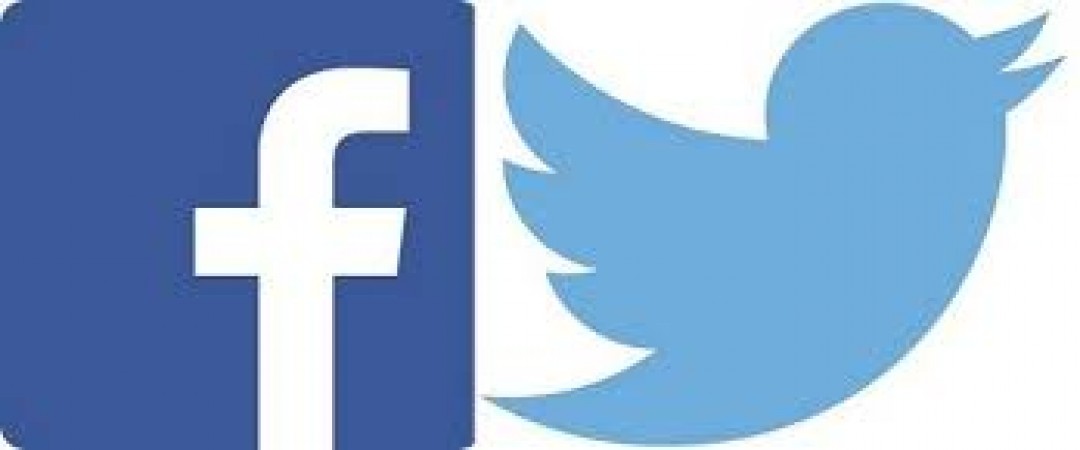
In the digital age, social media platforms have become essential tools for communication, information sharing, and social interaction. Twitter and Facebook are two prominent players in this landscape, each offering unique features and functionalities. This comparative analysis aims to delve into the similarities and differences between Twitter and Facebook, highlighting their user experiences, target demographics, advertising capabilities, content formats, and privacy policies. By exploring these aspects, we can gain a comprehensive understanding of these platforms and their impact on society.
User Experience: Twitter and Facebook offer distinct user experiences. Twitter is known for its real-time, concise messaging system, where users can share thoughts, news, and updates in 280 characters or less. The platform focuses on following and interacting with other users through tweets, retweets, and replies, fostering a rapid and dynamic exchange of information. In contrast, Facebook offers a more comprehensive social networking experience, enabling users to share longer posts, photos, videos, and links. Additionally, Facebook emphasizes connections between friends and family, facilitating a sense of community and personal relationships.
Target Demographics: While there is some overlap, Twitter and Facebook cater to different demographics. Twitter tends to attract a younger, more diverse audience, with a significant presence of journalists, public figures, and activists. Its fast-paced nature makes it suitable for trending topics, breaking news, and public discourse. On the other hand, Facebook appeals to a broader demographic, including users of various age groups, backgrounds, and interests. It prioritizes personal connections, making it a popular platform for sharing life updates and photos and engaging in private conversations.
Advertising Capabilities: Both Twitter and Facebook offer robust advertising capabilities for businesses and brands. Twitter's advertising features are centered around promoting tweets, accounts, or trends to reach a wider audience. It provides targeting options based on user interests, demographics, and keywords. Facebook, on the other hand, offers a comprehensive advertising suite through its Ads Manager platform. Advertisers can create targeted campaigns by utilizing data collected from user profiles, interests, and behaviors. Facebook's extensive reach and advanced targeting capabilities make it a popular choice for advertisers.
Content Formats: Twitter and Facebook support various content formats, each with its own strengths. Twitter primarily revolves around short-form text-based posts, which lend themselves well to news updates, opinions, and concise conversations. Additionally, Twitter allows users to share photos, videos, and GIFs, enhancing the visual experience. Facebook, being a more expansive platform, supports longer text posts, photo albums, videos, live streaming, and events. The diversity of content formats on Facebook allows for a richer storytelling experience and encourages engagement.
Privacy Policies: Privacy concerns have been a significant topic in the social media landscape. Both Twitter and Facebook have privacy policies in place to protect user data, but they differ in certain aspects. Twitter adopts a more transparent approach, allowing users to control their data and privacy settings. Twitter users have the option to make their tweets public or private, and the platform is known for its commitment to free speech and public conversations. Facebook, on the other hand, has faced scrutiny over its data privacy practices. The platform collects extensive user data for targeted advertising, and its privacy policies have been subject to public debate and regulatory intervention.
Conclusion: In conclusion, Twitter and Facebook are two distinct social media platforms with their own unique features, target demographics, advertising capabilities, content formats, and privacy policies. Twitter's real-time, concise nature lends itself well to quick information sharing and public conversations, attracting a younger and more diverse user base. Facebook, on the other hand, offers a more comprehensive social networking experience, focusing on personal connections and a broader range of content formats. While both platforms have advertising options, Twitter emphasizes tweets and trends, while Facebook provides a comprehensive suite of advertising tools. Understanding the similarities and differences between these platforms is crucial for users, businesses, and society as a whole to make informed decisions about their social media engagement.
Twitter Unveils Monetization Program for Verified Users
The Samsung Galaxy Revolution: Redefining the Smartphone Experience